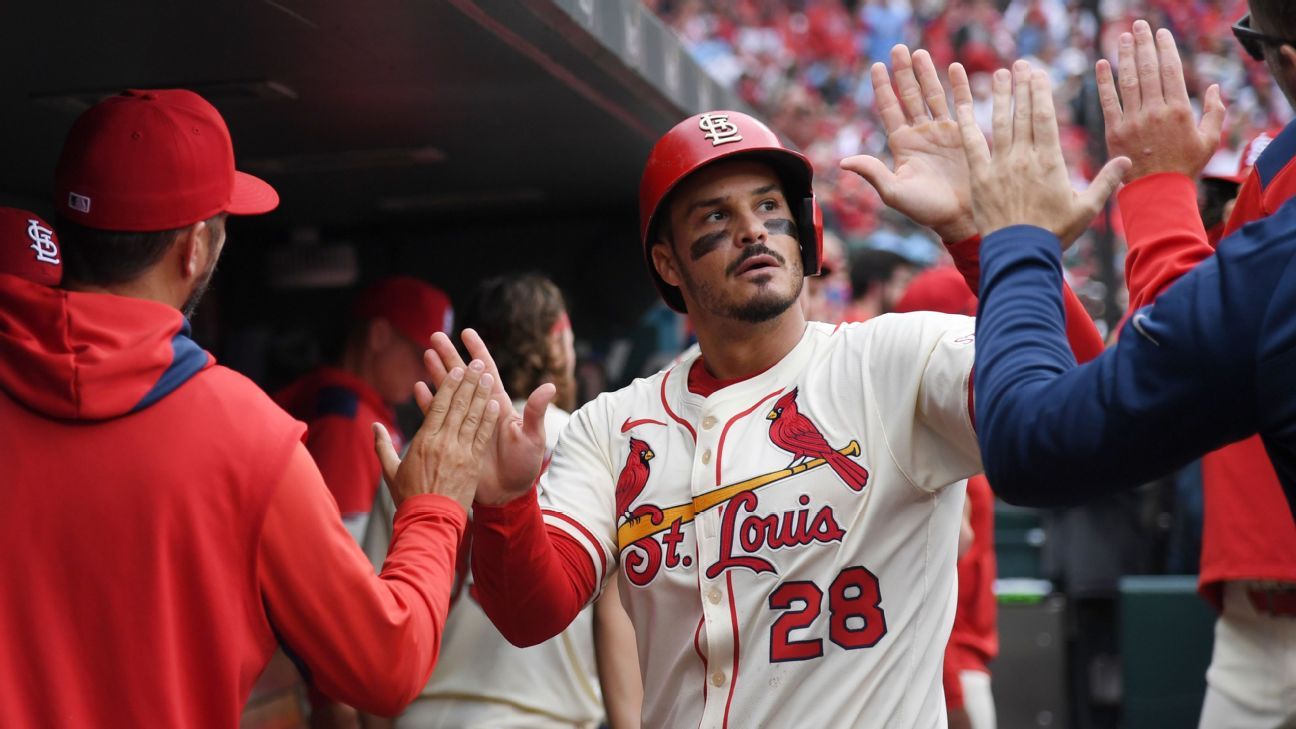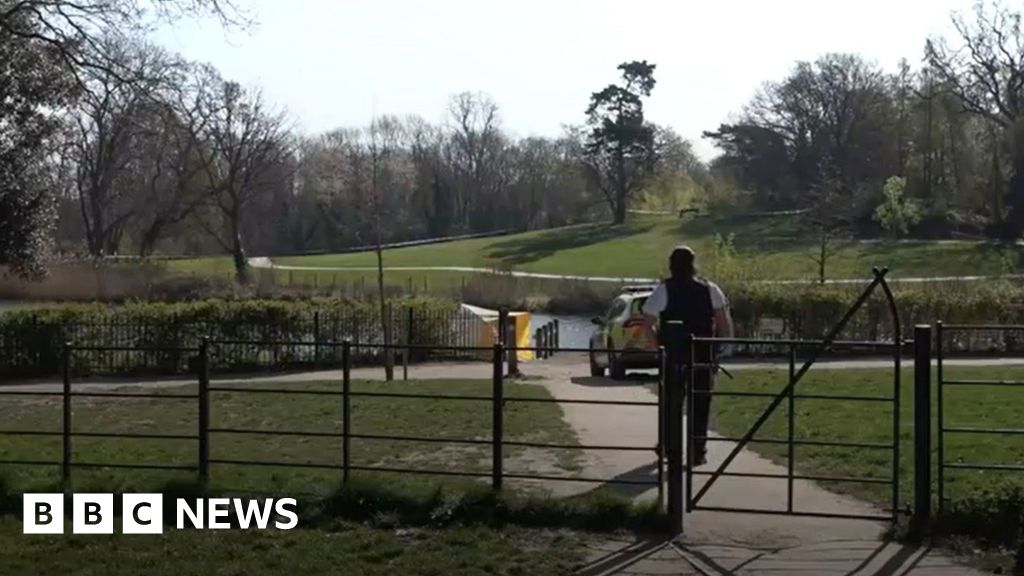Bharatanatyam, with its intricate expressions and deep-rooted storytelling, has long served as a medium to celebrate history and spirituality. Sri Noopurlaya, under the guidance of guru Lalitha Ganapathi, a senior disciple of veteran dancer-scholar Padma Subrahmanyam, presented ‘Sri Desika Vaibhavam’ , on saint-philosopher, Vedanta Desika. The programme was held under the auspices of Sri Parthasarathy Swami Sabha.
The dance drama traced the life of Vedanta Desika, born in Kanchipuram in 1268, and revered for his contribution to Tamil and Sanskrit literature. The performance highlighted his role in elevating Tamil as a divine language and granting the Alwars, the saint-poets of the Vaishnavite tradition, their due status in temple worship. The production opened with Desika seeking the blessings of Vishnu before embarking on his life’s mission.

The production wove together Desika’s compositions | Photo Credit: M. Srinath The narrative was seamlessly woven using compositions from Desika’s Bhagavad Dhyana Sopanam along with select works of the illustrious Carnatic composer Papanasam Sivan. The dancers, dressed in meticulously coordinated green-and-red costumes, brought these verses to life through their precise movements and evocative abhinaya.
One of the standout moments was the depiction of Desika’s description of Vishnu’s beauty. The choreography captured the essence of the saint’s poetic vision, allowing the audience to immerse themselves in the divinity of his verses. Interwoven within the larger narrative were several engaging episodes from Desika’s life.
A particularly charming sequence depicted an incident where a tortoise disrupted Desika’s daily prayers. Annoyed, he dismisses the creature, only to later realise it was none other than Vishnu. This scene was portrayed with light-hearted charm, featuring a young dancer crawling across the stage in a tortoise shell, eliciting smiles from the audience.
The production also showcased Desika’s Abheethi Stavam, a hymn invoking protection from Vishnu. This segment seamlessly transitioned into a series of mythological episodes, including Narasimha rescuing Prahlada, the dramatic enactment of Gajendra Moksha (where Vishnu saves the elephant king from a crocodile), Draupadi’s unwavering faith in Krishna in her moment of distress, and the Kalinga Narthanam. Each character was adorned in elaborate costumes, staying true to traditional iconography, enhancing the visual appeal of the performance.
The powerful finale emphasised Desika’s unwavering devotion and his contribution to the Vaishnavite tradition. The dancers, embodying various divine and historical figures, came together in a tableau that radiated spiritual energy. The orchestra for the evening included nattuvangam by Lalitha Ganapathi, music composed by Murali Parthasarathy, vocals by Kaushik Champakesan, mridangam by Sakthivel (who also composed the jathis), violin by M.
S. Kannan and flute by Sunil Kumar. ‘Sri Desika Vaibhavam’ was a heartfelt tribute to a spiritual luminary whose works continue to inspire.
Published - April 02, 2025 05:07 pm IST Copy link Email Facebook Twitter Telegram LinkedIn WhatsApp Reddit Friday Review.
Entertainment

A dance production inspired by Vedanta Desika’s life

Sri Noopurlaya’s ‘Sri Desika Vaibhavam’ seamlessly wove the saint-philospher’s compositions in its narrative.














